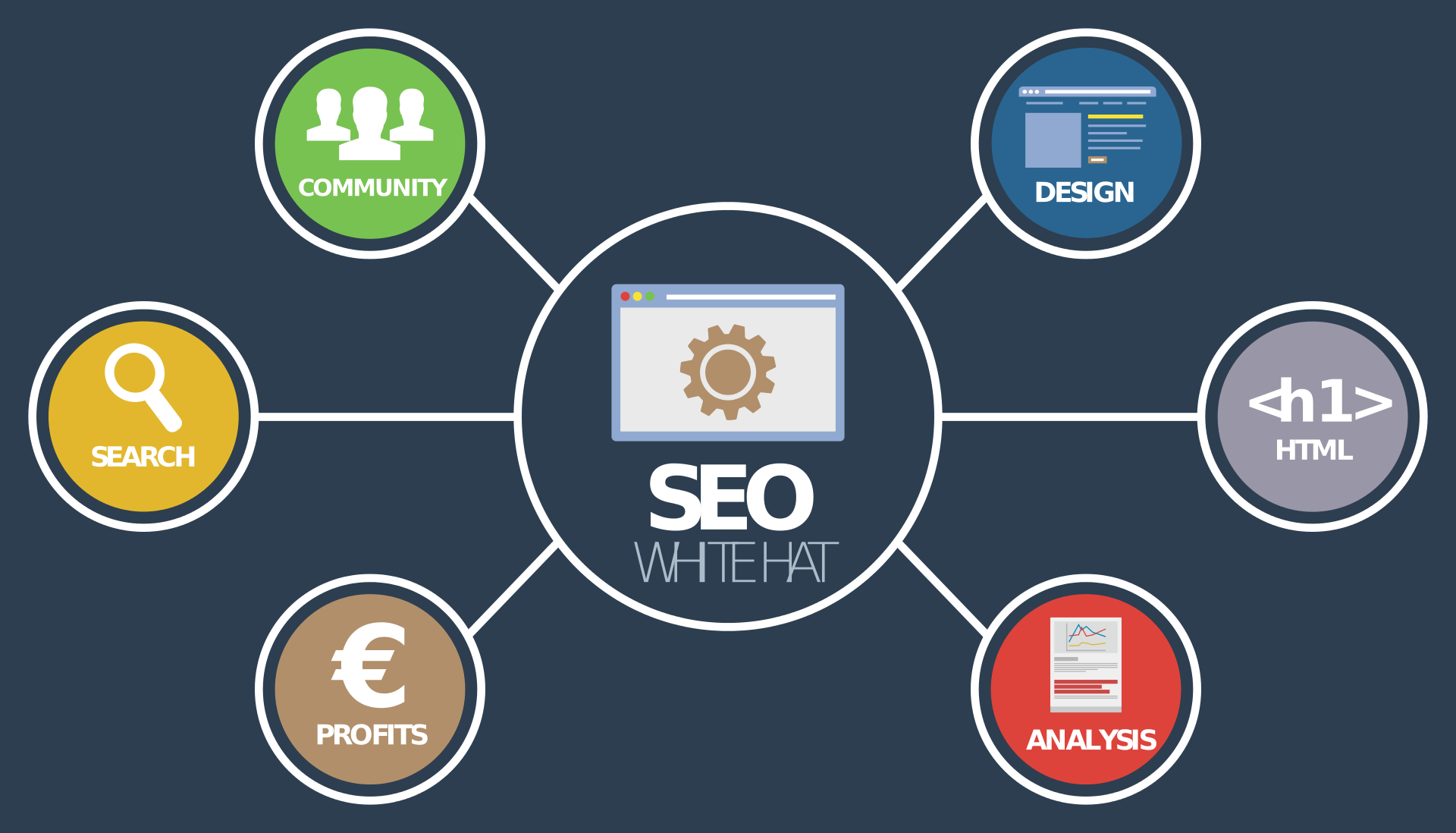
How to Align a Professional SEO Strategy With Business Goals

A professional SEO strategy can help you to dominate your market. And it’s a cost-effective and vital element of any good digital marketing strategy.
But if it’s not aligned with the overall goals of your business it may not deliver the results you want to see.
Here’s why you need to make sure your SEO strategy is pointing in the same direction, and how to make sure your professional SEO approach is following best practice.
Read on.
What Do You Want People to Do?
Let’s step back to the beginning. What is it that you ultimately want people to do?
A professional SEO strategy should tie in with that end goal. Do your research and find out what keywords people are using when searching for similar products or services.
There’s an old saying – “Listerine didn’t invent mouthwash. It invented bad breath.”
Don’t take this too literally! But the point is that by offering offered a solution to the problem, Listerine had to start by highlighting the problem itself. And then selling the solution.
Crafty, right?
Make sure you fully understand the problem you’re trying to solve. Your SEO strategy should look to target the questions people ask when they have that problem.
Targeting the Right People
Who are you targeting? A local or national audience? How old are they?
If you’re targeting a local market, local search strategies are really important. That means using the name of the area you’re working in, within your targeted keywords.
For example, if someone is looking for a dentist in Kentucky, they’re likely to search for ‘Kentucky dentist’, not just ‘dentist’. This is because they know the less specific search term would turn up dentists in different states, medical school sites and maybe even dentistry news.
With a national audience, the competition heats up even more. So it’s important your content marketing and SEO optimization are living up to standard to fulfill business aims.
Is the Path-to-Purchase Working?
Congratulations! New leads are arriving at your site because of your great SEO targeting. But then they run into a broken link while following your carefully constructed path, and immediately leave.
Broken links in your path-to-purchase will kill your sales.
And you’ll get hammered in SERPS for such an obvious error.
It’s easy to assume that everything’s working when you’re an ‘insider’. Because you see your own company’s web pages every day.
Allocate some time each week for a member of your team to quickly run through the expected path and report any errors or ‘snagging points’ that could deny you a sale.
That ten minutes of staff time could reveal some major issues that are holding your company back.
It’s also worth using scanning tools to check your whole site for broken links. These can affect your search engine ranking, no matter where they are on the site.
Secondary Objectives of Professional SEO
The primary objective of any SEO strategy is acquisition. You need a good SERPS ranking so that people will actually see your site.
But don’t just see SEO as a function to deliver new leads. The content created to support an SEO strategy needs to be excellent too.
If you’re pushing out weak content in order to move up search engine rankings, people aren’t going to be impressed. You might even damage your brand by appearing less insightful than competitors. Or you might even be seen as being lazy and complacent.
Think about thought leadership when creating your content marketing. You don’t just want people to come to your website – you want them to be amazed at what they find there.
You should see a professional SEO strategy as an opportunity to establish your business as the authority in your industry.
Analyzing and Reporting
Having a professional SEO strategy isn’t really much use unless you’re looking closely at what it’s actually achieving.
Analytical and report-generating tools can help you to see under the hood.
You need to see which of your landing pages are working the best, for example. You then use that knowledge to improve others.
But for the best outcomes, you need to look at this as just one step in the overall process. That means bringing your whole digital marketing strategy under the remit of one focused and tight team.
Don’t Forget About Off-Site SEO
A professional SEO strategy also needs to tie in with PR efforts and social media use.
Try to drive media results which use your keywords and do your best to ensure journalists link back to your site.
And make sure regular social media use is driving interaction and engagement with your site. Offer enough insight to pique their interest, and drive them through to your landing pages.
Changing as the Business Changes
If the key aims of your business change, your SEO strategy must follow this.
For example, let’s say you’re running a software house. In one quarter, you land a string of lucrative online UX consultancy jobs, through various clients who respect your input in that area.
If you’re making more money from the consultancy work than the core web design business, perhaps it’s time to reshuffle. Re-positioning your business as a UX consultancy isn’t an overnight job, so it’s a big decision.
But if you decide to go for it, your professional SEO strategy needs to follow suit. It’s no good targeting all those old keywords for your new target audience. The whole marketing strategy needs to be re-aligned.
And don’t forget to follow the curve when big algorithm changes affect SEO!
Cultivating a Great Professional SEO Strategy
Treat your professional SEO strategy like a garden. It needs time, care, and attention to flourish. You can’t expect results overnight.
In fact, a great SEO strategy isn’t like other marketing projects at all. It’s not like building a campaign, where you’ll create assets, send them out into the world and then record the results.
It’s an ongoing task which needs to be constantly monitored and tweaked to perfection.
Read our blog to learn more about crafting the perfect SEO strategy, and keep up with the latest news in this space.











































